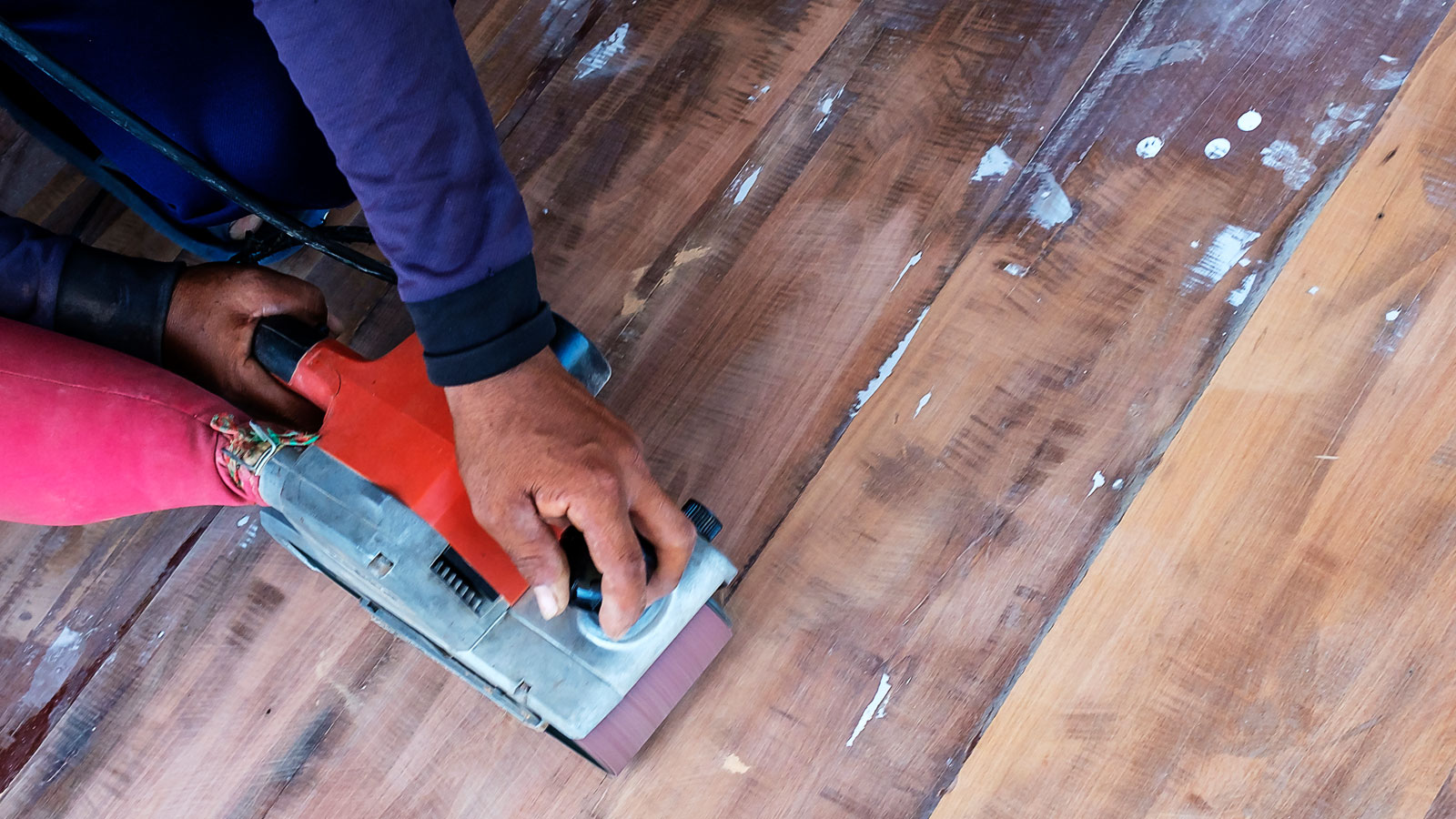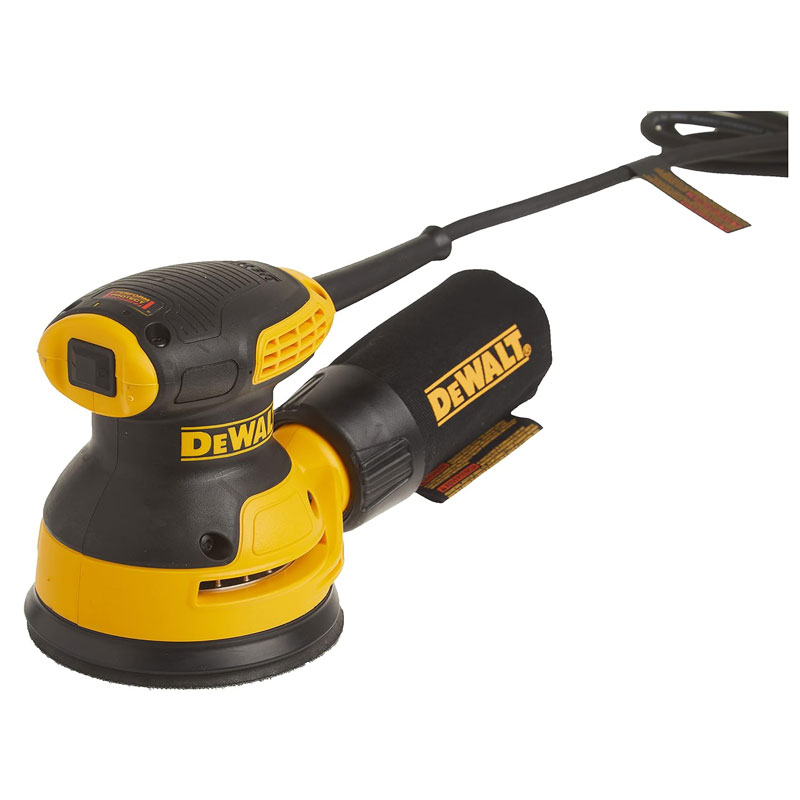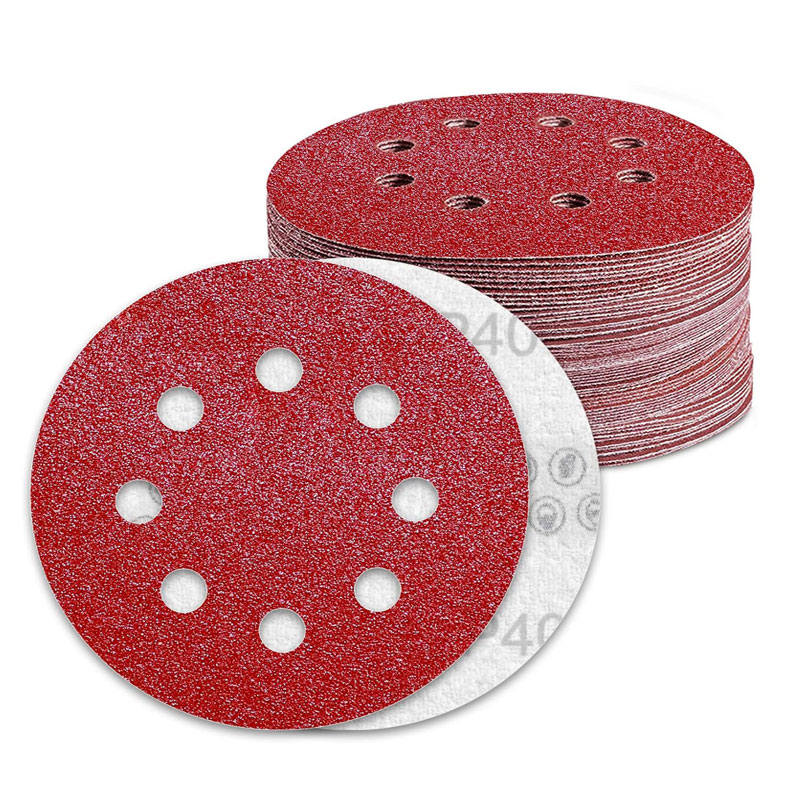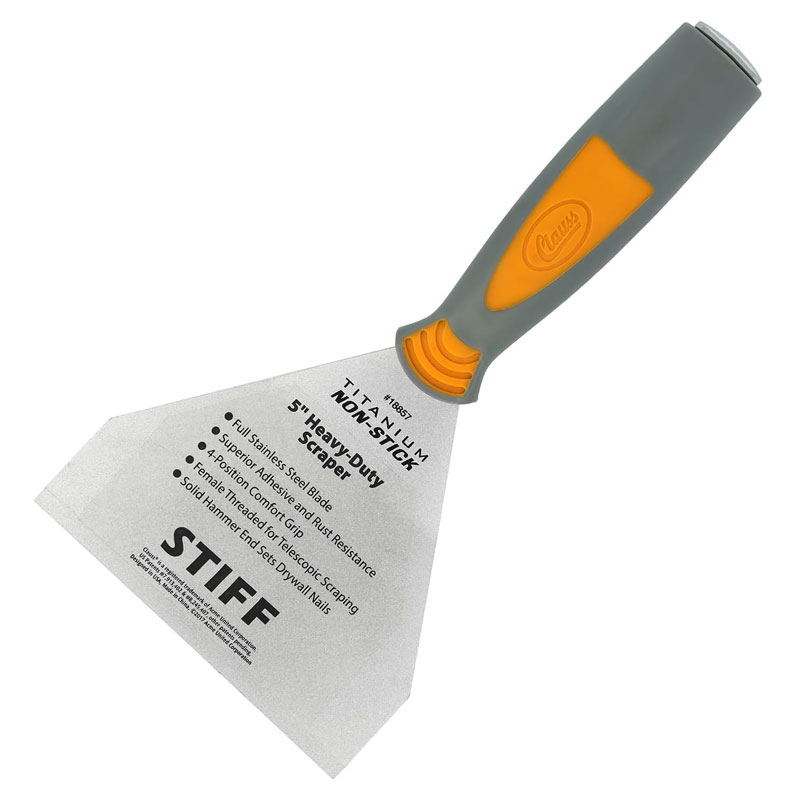Stripping vs sanding wood floors: Which method should you use?
Stripping vs sanding wood floors is a choice you’ll have to make when giving floors a makeover. Here we reveal the differences to help you make the right decision

Stripping vs sanding wood floors is one decision you may need to make when it's time to give your wooden floor a makeover. Deciding which of these methods is going to work best for your surface will come down to a number of factors. Is the floor painted and needs stripping? Do you want to stain the floor a new colour? Fed up with the old colour and want to show off the natural grain of the wood?
Your new choice of finish and the current state of the surface will help determine which direction to take whatever type of wood flooring you have. Here you’ll get expert opinion to help you choose what’s right for your floor, and we recommend a few tools to help get the job done.
Stripping vs sanding wood floors: What's the difference?
When it’s time to update the surface of a wooden floor you’ll typically need to choose to strip or sand the floor to get the finish you want.
Here Kirk Evans, Technical Manager at Woodpecker Flooring, reveals the differences between the two: “Stripping involves the chemical removal of the existing finish on the wood, using a stripping agent to dissolve the old varnish or paint. This process requires tools like paint scrapers, stripping brushes, and protective gear to handle the chemicals safely.
“Sanding, on the other hand, physically removes the finish by grinding down the surface of the wood," he says. "You’ll need a drum sander, edger, and various grades of sandpaper. Sanding is more aggressive as it removes not just the finish but also a layer of the wood itself, allowing for a fresh surface to be exposed."

Kirk has over 12 years’ experience in the wood flooring industry, including roles in sales, quality and training. Kirk’s knowledge of everything from subfloor preparation to maintenance and repairs is unsurpassed.
Is sanding or stripping wood easiest?
If you have the option to choose either method, which one should you choose? This can depend on what tools you might already own, but when it comes to ease of use. “Sanding generally takes the lead,” explains Evans. “Sanding is typically quicker as it combines both the removal of the finish and the smoothing of the surface into one step.”
He adds that, “Less preparation is needed because the sanders do most of the work, and modern equipment often comes with dust collection features, reducing the mess.”
Stripping is definitely more involved as Evans explains: “Stripping requires meticulous preparation and handling of chemicals, which can be more time-consuming. Although less messy in terms of dust, it involves careful application and scraping, making it a slower and sometimes more tedious process."
Try these tools when sanding or stripping a floor

A powerful, heavy-duty corded orbital sander with a low-profile design to help get into smaller spaces and reduce vibration.
When should you strip a wooden floor?
Different finishes work well with different removal methods and stripping is definitely a better option in certain scenarios as Evans shares. “Stripping is ideal when you want to remove multiple layers of paint or finish, especially if the surface is uneven or has intricate details that sanding could damage.”
But, it's also suitable, “When working on floors that have been finished with materials that are difficult to sand, such as certain types of varnish or wax.”
Evans also suggests that, "Stripping is often the best option if you’re dealing with a historical or delicate floor that you want to preserve without removing too much of the original wood."
When should you sand a wooden floor?
"Sanding is recommended when the floor is in relatively good condition but has surface scratches, dents, or a dull finish,” shares Evans. “It’s also the go-to method if you want to change the colour of the wood through staining, as it creates a clean, bare surface that’s ideal for absorbing new finishes.
“If your goal is to smooth out the wood and prepare it for a fresh coat of varnish or paint, sanding is usually the most effective approach," he adds.
How often can you strip or sand wooden floors?
Not all wooden floors are made equal, with solid wooden floors having a longer shelf life than engineered wooden floors as Evans explains, “Solid wood floors can be sanded several times over their lifespan, depending on the thickness of the wood. Typically, solid wood can handle three to five sandings before it starts to lose its structural integrity.”
But it isn’t the same for stripping. “Stripping can be done more frequently since it doesn’t remove layers of the wood itself, but it should still be done with care to avoid damaging the surface,” he says.
Engineered wood floors are different to solid wooden floors, in the fact that have a veneer of wood and can’t be sanded as often as Evans shares: "Engineered wood floors, however, have a thinner top layer of hardwood, so they can only be sanded once or twice, depending on the thickness of the veneer.
“Stripping is usually safer for engineered wood as it preserves the limited hardwood layer."
If you are sanding a wood floor to get the colour that you want, make sure to check out our staining wood floors guide. If you want to keep the natural grain check out our varnishing wood floor guide. If not sure what you want then check our wood flooring ideas to help you decide.
Get the Homebuilding & Renovating Newsletter
Bring your dream home to life with expert advice, how to guides and design inspiration. Sign up for our newsletter and get two free tickets to a Homebuilding & Renovating Show near you.
Steve Jenkins is a freelance content creator with over two decades of experience working in digital and print and was previously the DIY content editor for Homebuilding & Renovating.
He is a keen DIYer with over 20 years of experience in transforming and renovating the many homes he has lived in. He specialises in painting and decorating, but has a wide range of skills gleaned from working in the building trade for around 10 years and spending time at night school learning how to plaster and plumb.
He has fitted kitchens, tiled bathrooms and kitchens, laid many floors, built partition walls, plastered walls, plumbed in bathrooms, worked on loft conversions and much more. And when he's not sure how to tackle a DIY project he has a wide network of friends – including plumbers, gas engineers, tilers, carpenters, painters and decorators, electricians and builders – in the trade to call upon.



